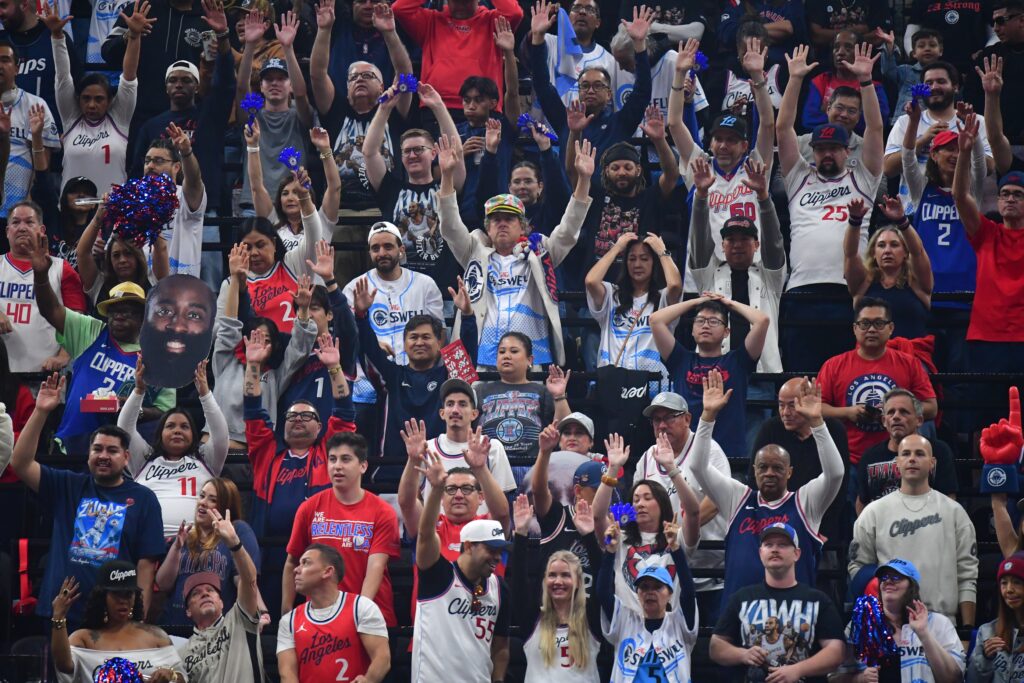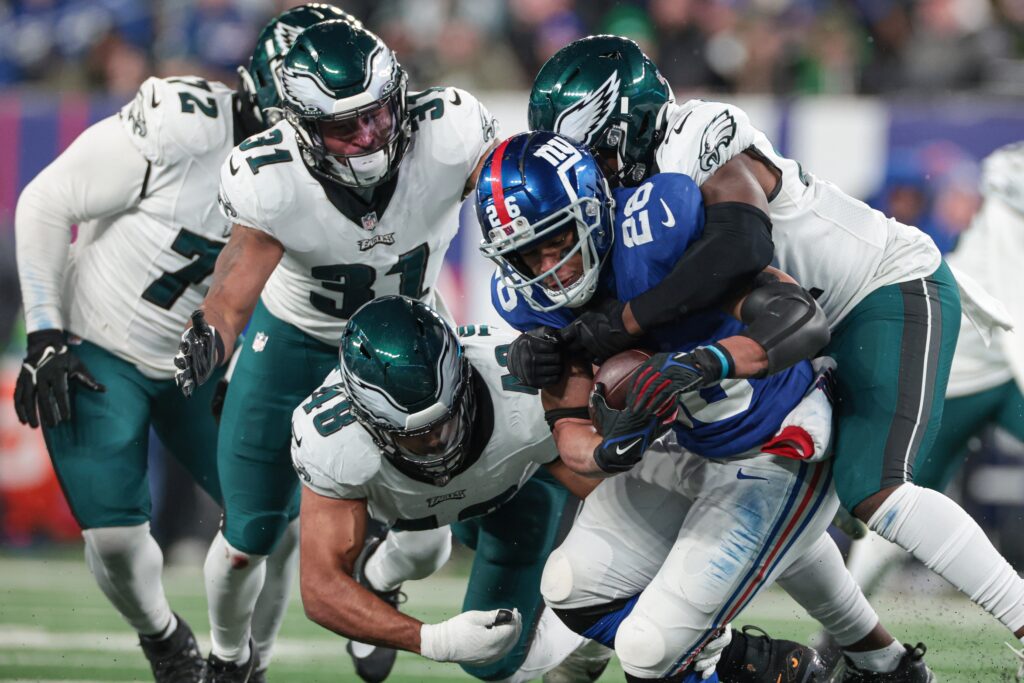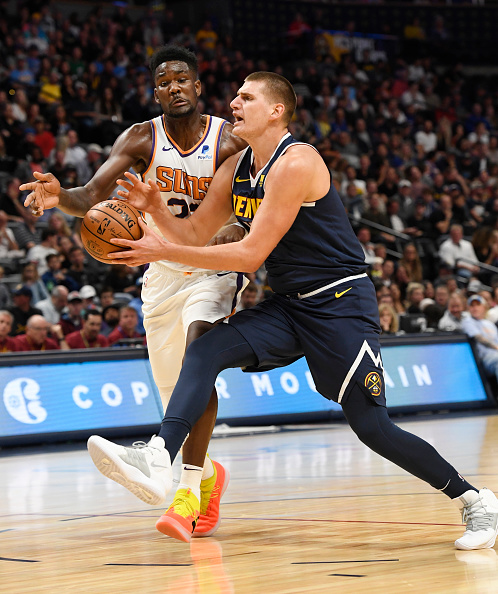Organizations can easily move players between their top teams and their development team when they have two-way contracts. Teams may call up players without taking up a full roster spot, and players can get paid at two different levels with their NBA contracts.
Many people who watch the market and even non GamStop betting markets have seen how these changes to the lineup affect the depth of the team and what people expect from them. One place to see this is on live betting options beyond GamStop, especially on sites that list player-based futures and props.
For firms, this method lowers long-term risk while keeping promises. For players, it makes it clear how to get full-time deals if they do well. That basic format of the contract changes how teams handle their minutes, money, and ability in a big way.
What a two-way contract actually is
A player can spend time with both the leading club and its affiliate if they have a two-way deal. They get paid more when they are on the big-league roster and less when they play development minutes.
Because availability changes quickly, news of a call-up or conversion can occasionally spark activity on betting not on Gamstop feeds, which show short-term markets. Bookmakers and traders treat minutes and start lines differently for two-way players since their status changes from match to match more than that of a fully rostered player.
Later, bigger market makers, including specific non Gamstop betting sites, change the prices and limits on props to take this uncertainty into consideration. Contracts typically limit the number of major-league days a player may have, although they can be modified if the player plays well.
How teams use two-ways for roster flexibility
Teams use two-way slots to replace injuries, try out new players, and keep their salary cap flexible without losing depth. Non Gamstop betting sites show such short-term promotions right away. These sites generally include player props and match specials that alter when the roster changes.
Bookmakers and quick-response sources then change the odds when a player moves from affiliate to first-team play, and smart operators keep an eye on focused action.
Markets that take rapid bets, including some that are tracked as betting not on Gamstop sources, will raise vig or lower limits when there is the most uncertainty. In the end, two-way allows teams a cheap method to get through the season while leaving their choices open for competition.
Player development and earning pathways
Two-way players at least know what to expect in the future. They may wish to play regularly in their minor league teams and sometimes in the more profitable and well-known parent club.
Scouts and analysts update opportunity profiles and market information, and keep an eye on the player’s performance if they do well during the short-term call-up. For instance, betting not on Gamstop directories often publishes new prop lines for minutes, shots, or starters.
Teams see these call-ups as live auditions, judging things like how much a player can do in a minute, how well they can read defenses, and how well they make decisions while they’re under pressure.
When they obtain strong, regular indications, they usually sign a standard contract. The conclusion is reasonable: athletes get paid publicity, clubs have a lower chance of employing the incorrect individual, and market pricing and scouting data are growing more comparable.
Salary cap mechanics and financial benefits
Teams can better use their salary cap room when players have two-way contracts, since players make less when they are in the development pool. This lets teams buy good players without using up all of their salary cap space until they need to make a trade.
Some markets that look at team power and expected minutes get their data from deal releases. To get people to bet early, these markets are called quick markets on non GamStop betting sites.
Operators and betters don’t think much of two-way marketing. They change predicted rotations and depth charts without making a traditional contract, which changes the chances and balance sheets. This gives teams a way to lower their salary risk while still keeping their upside.
Measuring return on investment for teams and players
Clubs think about ROI not just in terms of wins right away, but also in terms of developing players, resale value, and roster flexibility. Two-way trades lower the risk while keeping the upside. Some betting sites, especially those that keep a close eye on speciality lines on non Gamstop betting sites, and market analysts, look at conversion rates and performance per minute as the most significant signs of a deal’s success.
For players, the return on investment is moving up in their careers: consistently excellent performances in short call-ups can lead to complete contracts or better offers from teams in other countries. For businesses, the metric is clear: if you convert enough two-way, you’ve built a low-cost talent pipeline that outperforms expensive one-time hires.
Two-way contracts in the NBA enable teams to carry extra players who split their time between the NBA and the G League, earning a salary that is about half the NBA rookie minimum. Here are some current and recent examples of players on two-way contracts for the 2025–26 NBA season:
Examples of Two-Way NBA Contracts
-
Most NBA teams use all three available two-way contract slots, and player eligibility is limited to those with fewer than four years of NBA experience.
-
Notable two-way players for the 2025–26 season include prospects, undrafted rookies, and developmental players promoted from the G League. The full list is found on trackers maintained by outlets like Hoops Rumors and Sports Business Classroom, updated regularly.
Sample Two-Way Players for 2025–26 (Based on Recent Trackers)
-
Armoni Brooks (Brooklyn Nets)
-
Colin Castleton (Los Angeles Lakers)
-
Jacob Gilyard (Brooklyn Nets)
-
Trevor Keels (New York Knicks)
-
Oscar Tshiebwe (Indiana Pacers)
-
Scotty Pippen Jr. (Los Angeles Lakers)
-
Mac McClung (Orlando Magic)
-
Freddie Gillespie (Toronto Raptors)
NBA Contracts: Details
-
Two-way players are paid $636,435 for the 2025–26 season, which is half the rookie minimum, and are eligible for up to 50 NBA games.
-
Two-way contracts can last up to two years, with partial guarantees and specific cut-down dates.
-
Two-way players are only eligible for the NBA playoffs if promoted to a standard contract.
Key Features
-
NBA teams may carry three two-way players in addition to their 15-player roster.
-
These NBA contracts are used for player development and allow fringe players to stay under team control while gaining NBA experience.



